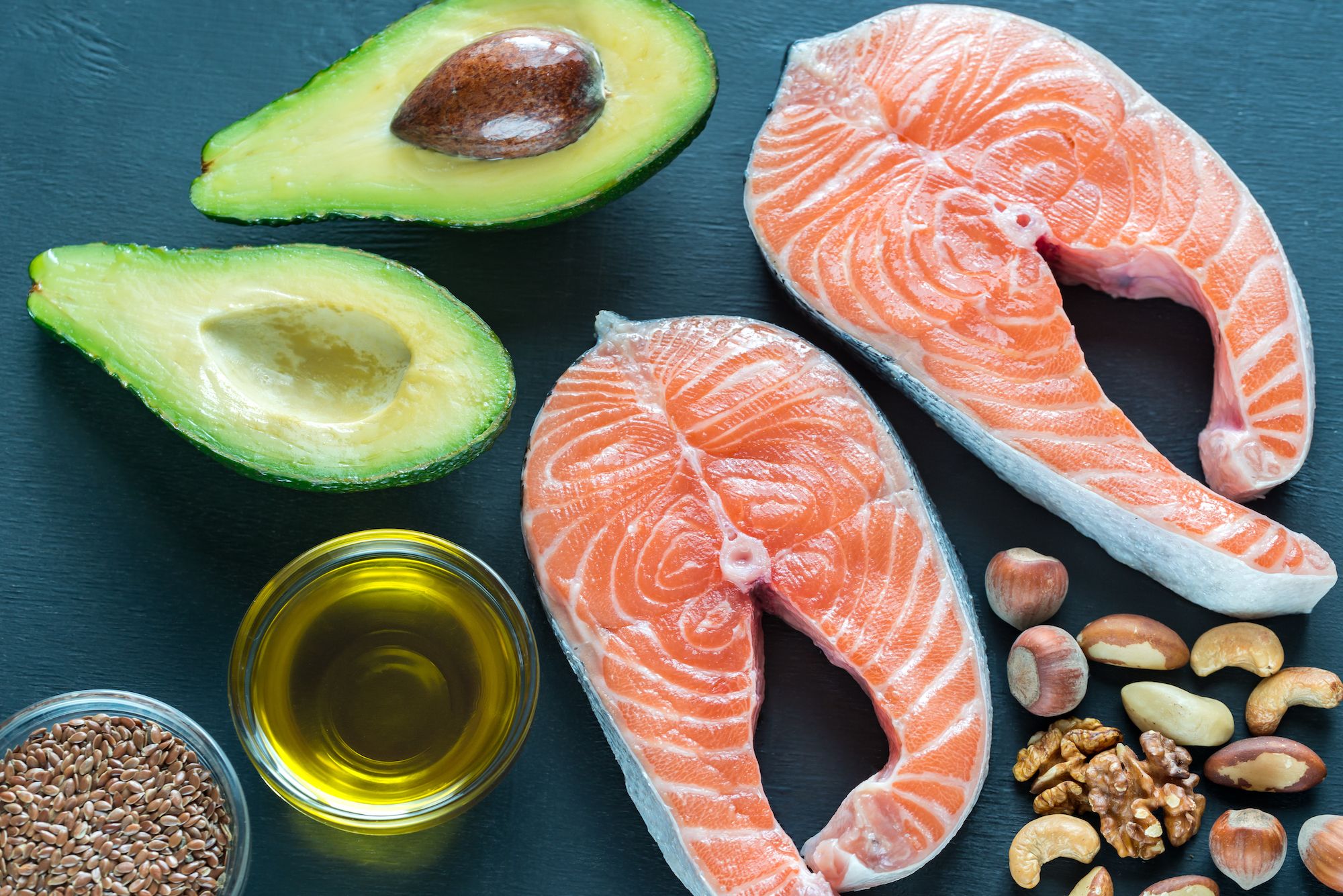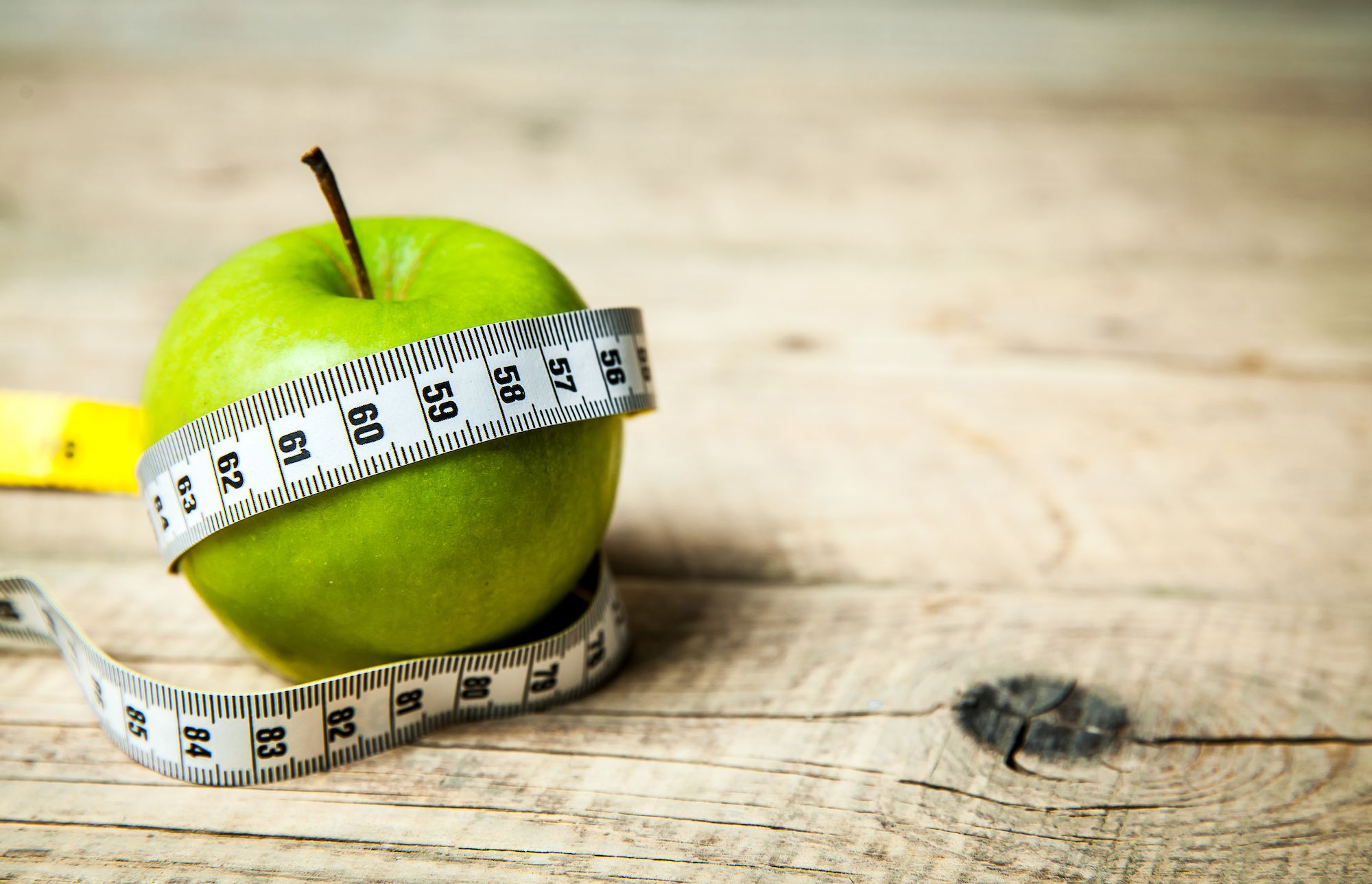How are bulking and cutting different?
While both bulking and cutting are strategies for better definition, tone, and muscle mass, the difference between bulking and cutting tends to come down to your current priorities. Bulking focuses on putting on weight and getting bigger; whereas cutting focuses on getting lean and removing excess body fat to achieve better definition and tone.
Where to start: bulking vs cutting?
Deciding where to start depends on several factors, including your current body fat percentage, lean muscle mass, and short- and long-term goals. A bulking cycle is a great place to start if you don't have much muscle mass, and your body fat percentage is on the lower side. If you already have substantial muscle mass, but your body fat percentage is higher than you'd like to see, cutting is a good starting point.
For most gym-goers and weightlifters, you’ll likely want to follow a pattern of bulking then cutting to progressively achieve your dream body.

How long should I spend bulking? How long should I spend cutting?
You might hear these durations referred to as bulking season or cutting season. The best answer for an ideal duration per cycle will vary with your goals. In general, you should expect to spend at least 4-6 weeks in any bulking or cutting cycle; any less time makes it unlikely that you’ll see much in the way of results. Longer cycles can be more effective with a few caveats.
First, the most effective bulking cycles are generally at least 3-4 months, if not longer. Where this can be difficult for some people is that even if you are incredibly on top of your macronutrients, you will likely also gain some fat while gaining muscle in a bulking cycle. Some people have a hard time with the 5 lbs of fat they might gain along with 15-20 lbs of muscle, for instance. We’ll look at balancing your macronutrients to help limit that extra fat gain with clean eating, but you still have to be prepared to accept some fat gain. Another key to effective bulking is ensuring that you’re doing the appropriate amount of heavy lifting to help the caloric increase in your diet go straight to muscle building.

The most effective cutting cycles are generally shorter than the most effective bulking cycles; the best results are usually seen within an 8-12 week cutting period. To be effective, a cutting cycle will still include working out (though with a greater emphasis on higher reps, lower weights, and cardio for higher calorie expenditure) and a caloric intake less than the combination of your basal metabolic caloric expenditure and caloric expenditure (courtesy of your workouts). Be careful not to cut caloric intake too drastically or you can inadvertently alter your basal metabolic rate — making it harder to cut in the future. This is one of the many places where using a calorie tracker in combination with a workout tracker like Bolt can help you precisely achieve your goals.

Can I both build muscle (bulk) while cutting?
Yes and no. Some lifters and bodybuilders claim that you can both build muscle mass and cut down on fat by eating clean, utilizing either lean bulking or clean bulking (this is referred to as Body Recomposition). However, there is debate amount weightlifters and bodybuilders as far as how effective this can be in practice.

Think about it like this: your body needs more calories than it’s burning to add muscle. But to lose fat, you generally need to burn more calories than you consume. These competing goals can make body recomposition difficult to achieve.
How does bulking work?
In general, bulking strategies can run on a continuum. Let’s look at three of the most common bulking strategies:
- Clean bulking. Clean bulking relies on eating clean — this means no processed foods, focusing on high-quality proteins, and getting protein immediately after your workouts (as well as a good mix of carbohydrates and fats to assist in muscle development). Generally, effective clean bulking diets shoot for roughly 110% of your caloric needs — enough excess caloric intake to add muscle mass without adding too much extra fat.
- Lean bulking. Lean bulking is similar to clean bulking but generally provides for a little more leeway in your diet. The focus is still on lean proteins, but the emphasis is more on eating well and not drastically overshooting your caloric needs.
- Dirty bulking. Dirty bulking assumes that you’ll put on some fat as you bulk. As a result, dirty bulking focuses more on simply exceeding your caloric needs to give your body plenty of calories to create muscle mass, assuming that you can later cut to reduce unwanted fat gains.
What should my macros look like if I’m bulking?
The science is pretty straightforward on this: focus on lean, clean proteins, whole grain carbohydrates, and good fats, as well as plenty of vitamins and minerals necessary for muscle development. That means fish (especially those rich in good fats like omega-3 fatty acids), lean chicken breast, dark leafy greens, and good carbohydrates like wild rice. Eating junk food (such as you might on a dirty bulking diet, for instance) can cause more health issues than increased muscle mass might fix, including diabetes, heart disease, infertility, and cancer, among others.

A starting point for a bulking diet might look something like this: Total Calories = 4 calories per gram of protein (with an intake of 1 gram protein per pound of body weight) + 9 calories per gram of fat (with an intake of 0.25 grams of fat per pound of body weight) + 4 calories per gram of carbohydrate.
A guide to bulking
As an example, if you currently weigh 180 pounds, that would mean you would aim for 180 grams of protein per day (at 4 calories per gram this equals 720 calories), 45 grams of fat per day (at 4 calories per gram this works out to 405 calories), and fill the rest with carbohydrates (at 4 calories per gram) based on your caloric intake goals. At 2,400 calories per day, for instance, that would mean a little more than 300 grams of carbohydrates each day to fill out the missing 1200 calories. With added experience and the benefit of careful note-taking, you can adjust to find what caloric surplus and macronutrient ratios work best for you.

What should my macros look like if I’m cutting?
Your macros shouldn’t be all that different, in that you should still be focusing on clean eating: Lean proteins, good fats, and carbohydrates. The biggest difference is that you’ll still want similar protein and fat intakes, but a lower caloric total—which will likely mean simply cutting back on carbohydrates. Keep in mind that your body will still need some carbohydrates for desired muscle function, but you’ll necessarily want fewer calories as part of your cutting diet.

